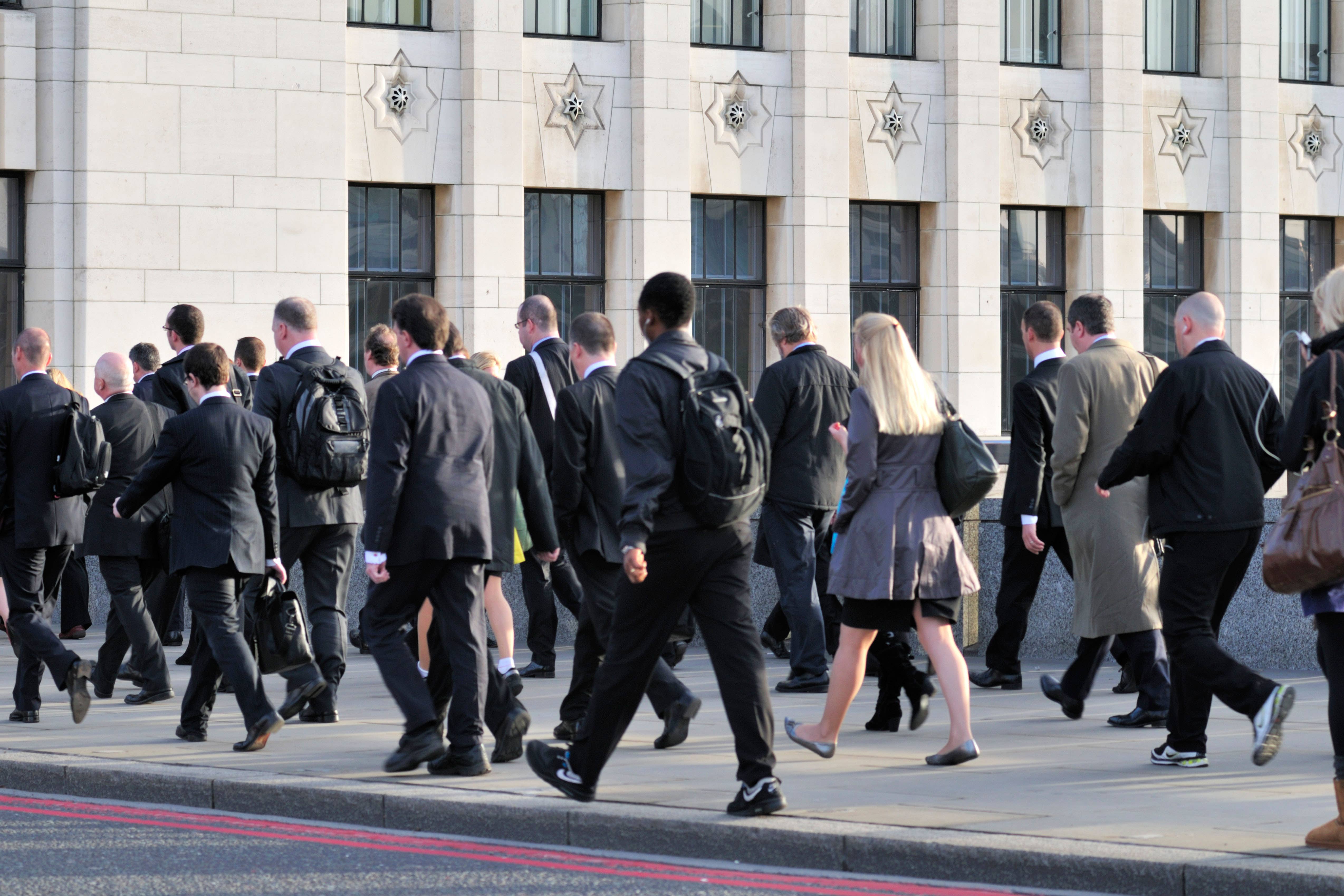Wages outstrip inflation at the fastest pace for two years – ONS
The Office for National Statistics said regular wages rose 1% after taking Consumer Prices Index inflation into account.

Your support helps us to tell the story
From reproductive rights to climate change to Big Tech, The Independent is on the ground when the story is developing. Whether it's investigating the financials of Elon Musk's pro-Trump PAC or producing our latest documentary, 'The A Word', which shines a light on the American women fighting for reproductive rights, we know how important it is to parse out the facts from the messaging.
At such a critical moment in US history, we need reporters on the ground. Your donation allows us to keep sending journalists to speak to both sides of the story.
The Independent is trusted by Americans across the entire political spectrum. And unlike many other quality news outlets, we choose not to lock Americans out of our reporting and analysis with paywalls. We believe quality journalism should be available to everyone, paid for by those who can afford it.
Your support makes all the difference.UK wage growth has edged back from record highs but earnings are outstripping inflation at the fastest pace for two years, according to official figures.
The Office for National Statistics (ONS) said average regular earnings, excluding bonuses, increased by 7.7% in the three months to September, down from an upwardly revised and record high of 7.9% in the previous three months.
The data showed that wages rose 1% after taking Consumer Prices Index inflation (CPI) into account, the highest increase in real wages since the three months to September 2021.
Britain’s rate of unemployment is estimated to have remained unchanged at 4.2% in the third quarter but more cracks are appearing in the jobs sector, with vacancies falling to the lowest level for more than two years, down 58,000 quarter-on-quarter at 957,000.
Darren Morgan, ONS director of economic statistics, said: “Our labour market figures show a largely unchanged picture, with the proportions of people who are employed, unemployed or who are neither working nor looking for a job all little changed on the previous quarter.
“The number of job vacancies fell for the 16th straight month. Nevertheless, vacancies still remain well above their pre-pandemic levels.
“With inflation easing in the latest quarter, real pay is now growing at its fastest rate for two years.”
More real-time data showed that the number of UK workers on payrolls rose by 33,000 – or 0.1% – between September and October to 30.2 million, although the ONS cautioned this was subject to revision.
It revised the payroll data for September to a month-on-month rise of 32,000.
Chancellor Jeremy Hunt said: “It’s heartening to see inflation falling and real wages growing, keeping more money in people’s pockets.”
Economists said the drop in wage growth, together with last week’s official data showing a stalling economy with zero growth in the third quarter of the year, would likely persuade the Bank of England to hold off from further interest rate rises.
Policymakers at the Bank are watching wage growth intently, with the recent record highs having been a cause for concern in its battle to bring sky-high inflation back down to the 2% target.
Rates are now widely seen as having peaked at 5.25% and with the threat of recession looming large, some economists believe the Bank will move to begin cutting borrowing costs in 2024.
Samuel Tombs at Pantheon Macroeconomics said: “Wage growth is slowing sufficiently quickly for the Monetary Policy Committee (MPC) to conclude that Bank Rate already is high enough at 5.25%.
“This slowdown should pave the way for the MPC to start to reduce Bank Rate from May, and probably by about 75 basis points over the course of 2024.”
The data showed that earnings including bonuses lifted 7.9% in the three months to September, down from 8.2% in the previous three months.
This figure was boosted by the Civil Service one-off payments made in July and August, according to the ONS.
There were 229 working days lost to strike action in the third quarter, up 110 on the previous quarter, with the majority in the health and social work and education sectors.
The wider jobs data, which is being collated using extra data sources to estimate the figure due to low responses to its labour force survey, showed that the rate of UK employment edged down to 75.7% from 75.8% in the previous quarter.
Those aged 16 and over who are unemployed lifted to 1.45 million in the three months to September, up from 1.44 million in the three months to August, according to the ONS estimates.
Those aged between 16 and 64 and classed as inactive in the jobs market increased by 33,000 to 8.7 million.